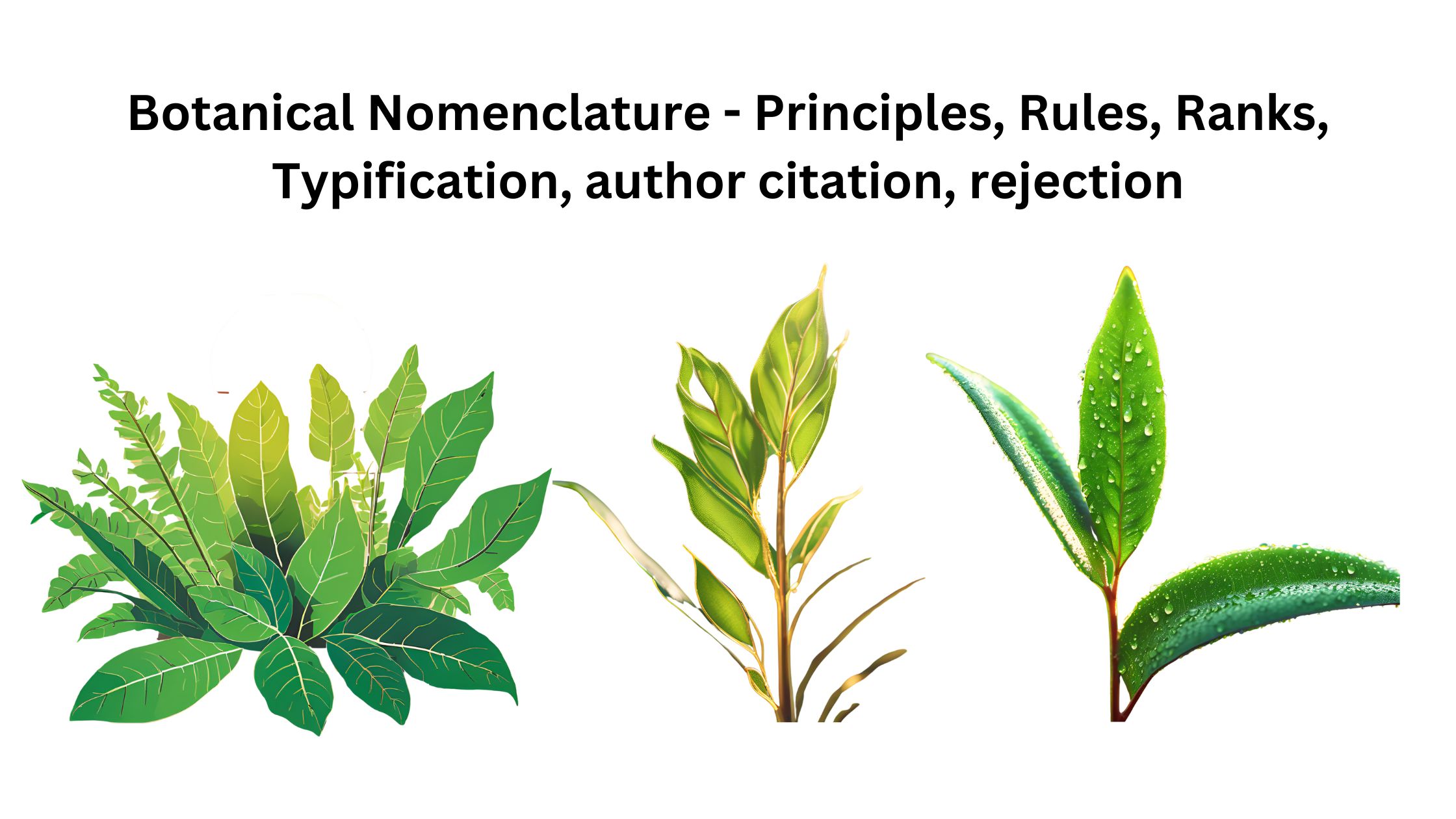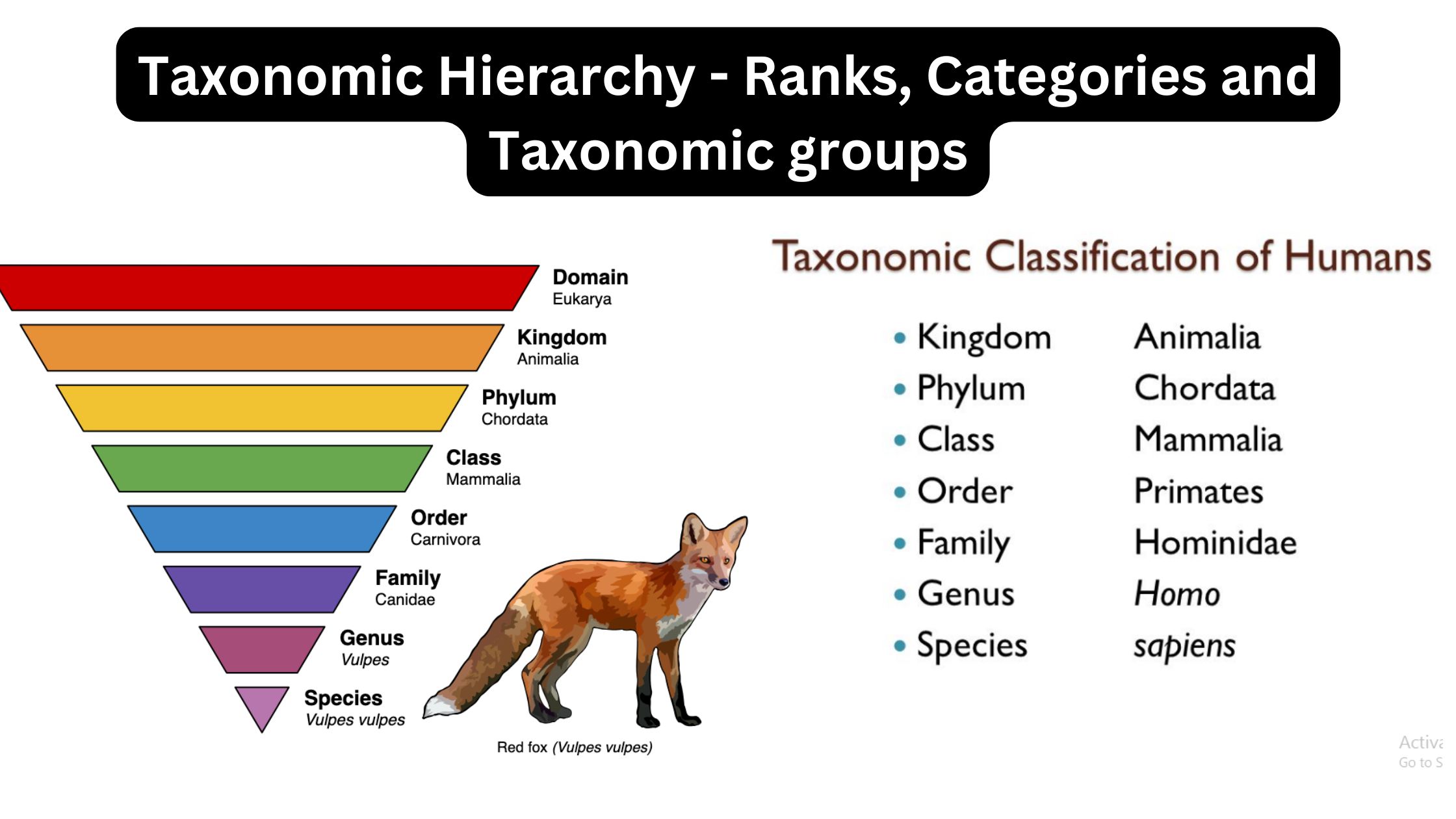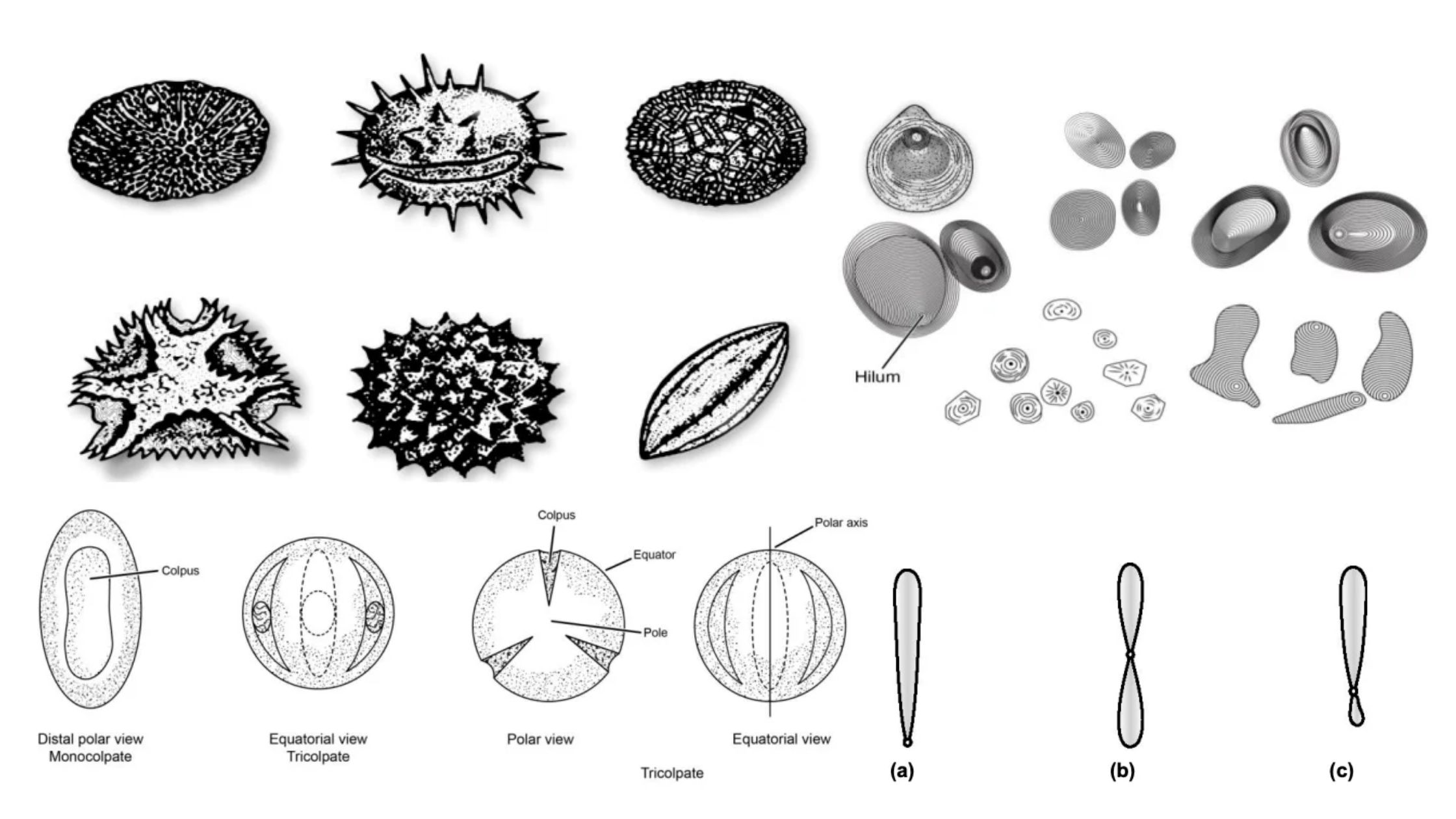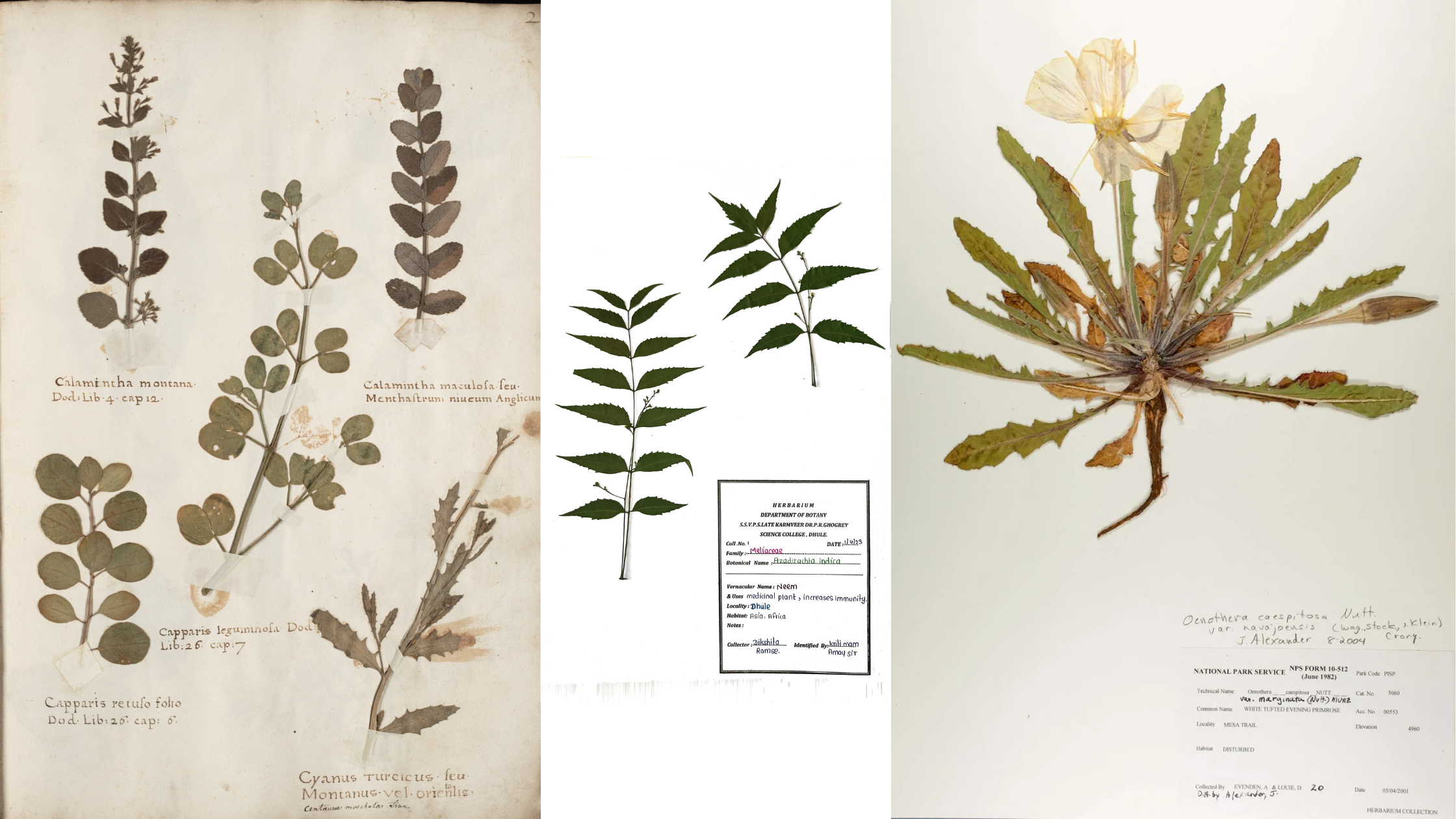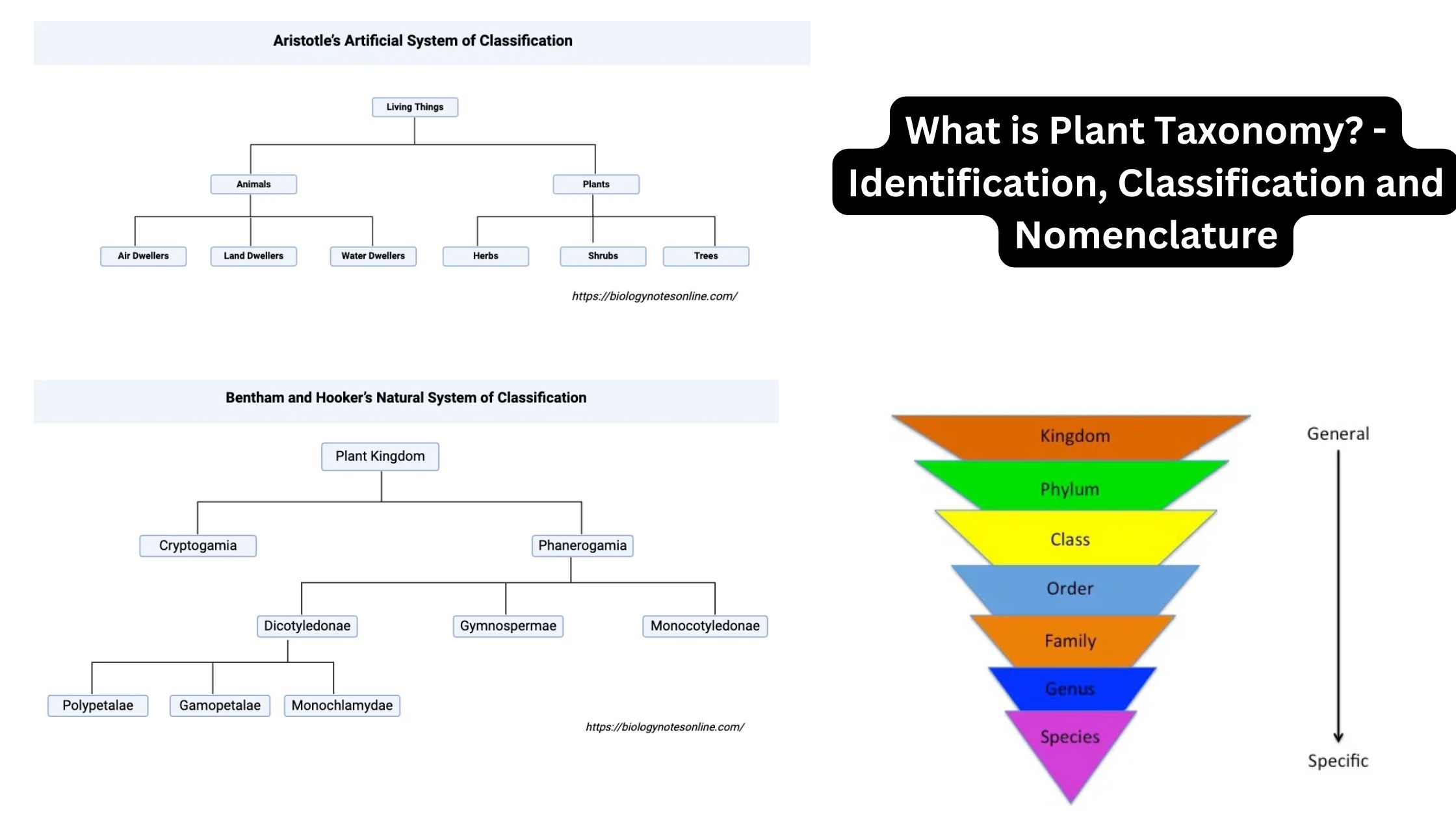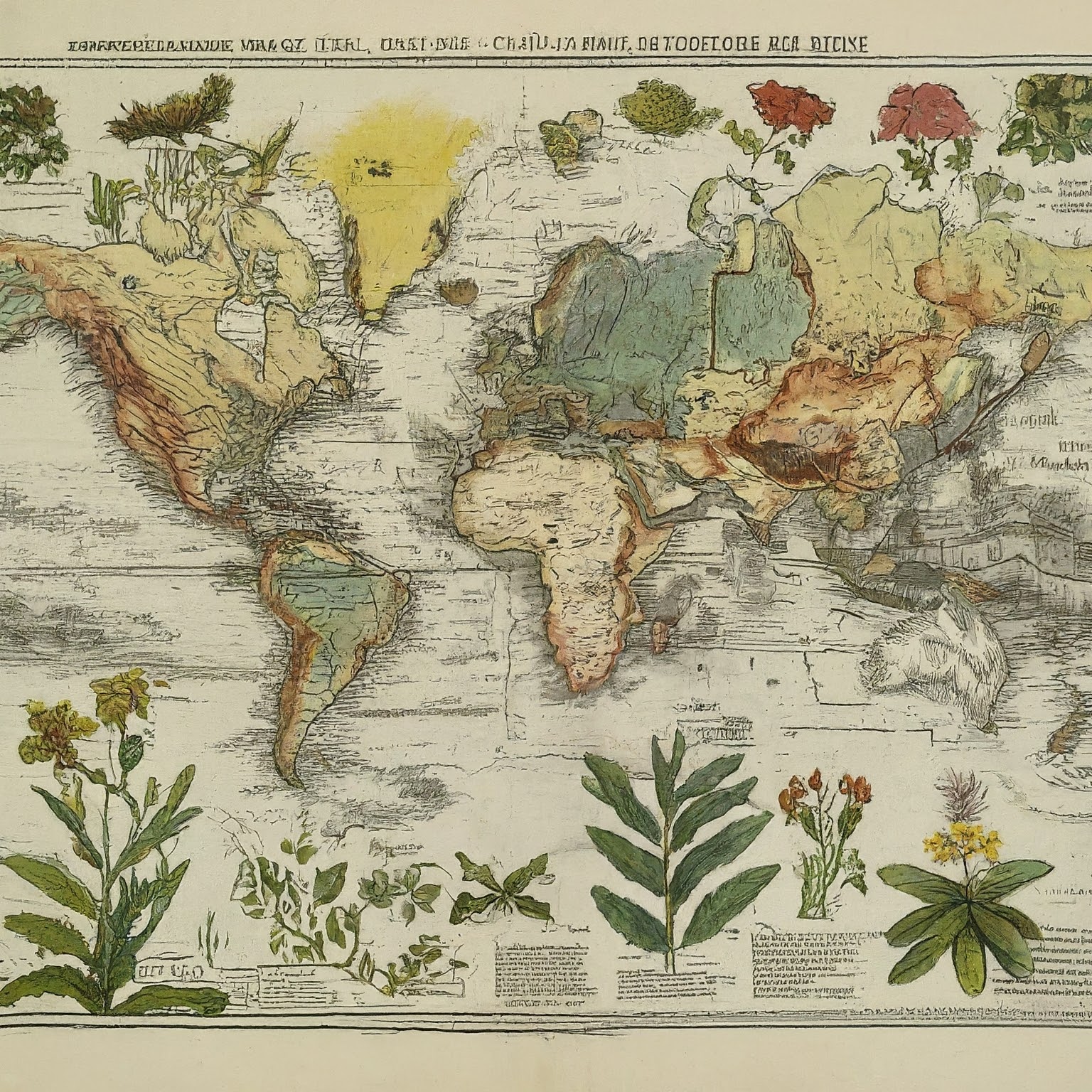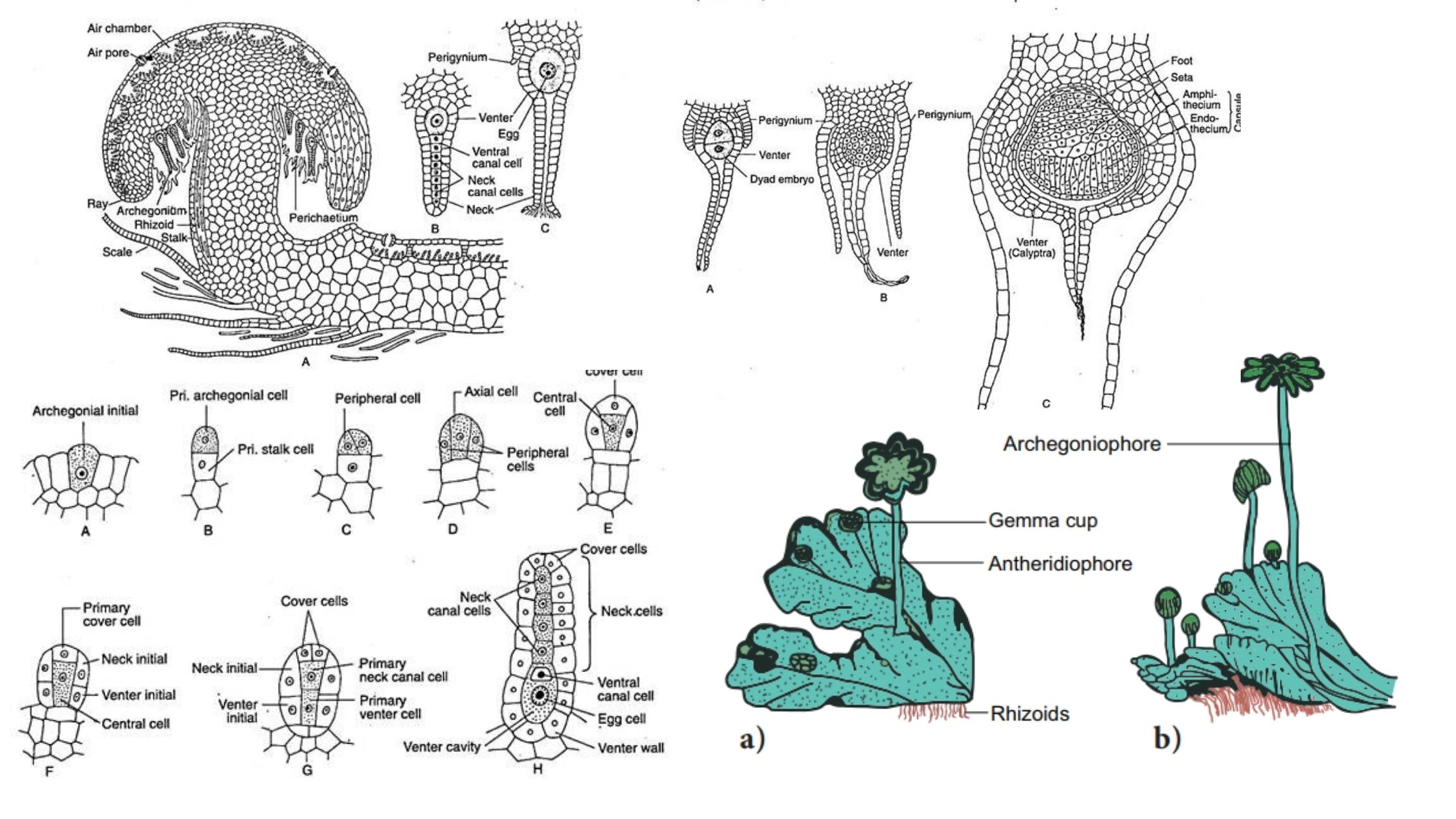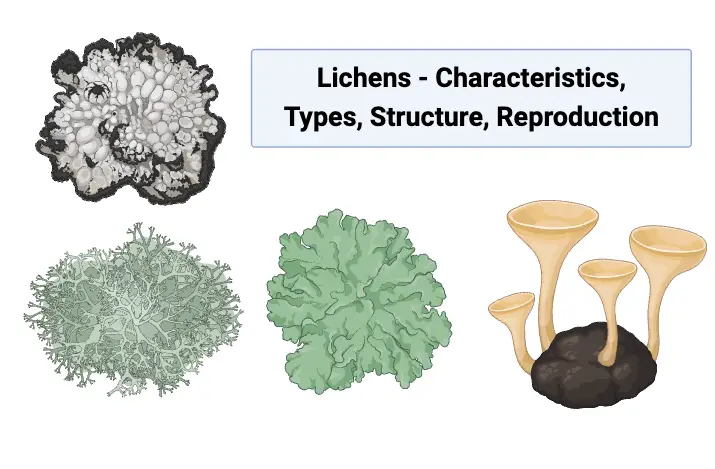Botanical Nomenclature – Principles, Rules, Ranks, Typification, author citation, rejection
What is Botanical nomenclature? Importance of scientific names Scientific names are crucial for accurately identifying and classifying plants and organisms. Here are key reasons why they are essential: Common name and its problems Common names, while widely used, present several issues that complicate plant identification and communication. These problems arise from their variability, lack of … Read more
